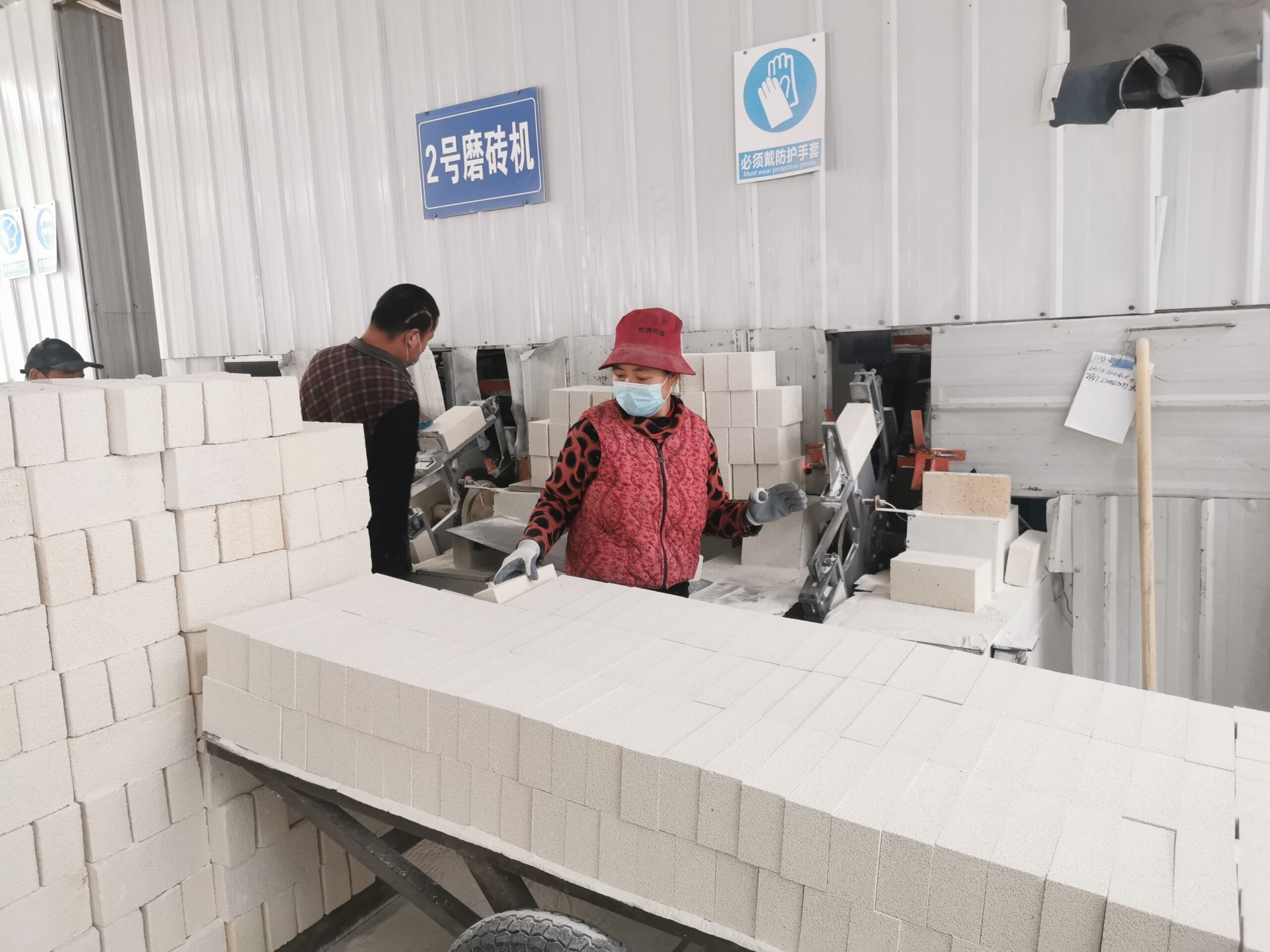Light weight insulating bricks are innovative building materials that have transformed the field of thermal insulation. In this comprehensive guide, we delve into the features, benefits, and applications of lightweight insulating bricks. These bricks combine exceptional thermal insulation properties with reduced weight, making them a versatile and effective solution for various construction and industrial applications. By understanding their unique composition, properties, and advantages, we can appreciate the significant impact of lightweight insulating bricks in enhancing energy efficiency, reducing heat transfer, and promoting sustainable building practices.

I. Understanding Lightweight Insulating Bricks
Lightweight insulating bricks are advanced building materials designed to provide efficient thermal insulation while minimizing weight. This section focuses on the following aspects:
Composition and Manufacturing: Explain the composition of lightweight insulating bricks, typically consisting of lightweight aggregates, such as expanded clay, shale, or vermiculite, combined with binders and additives. Discuss the manufacturing process, which involves controlled heating and expansion techniques to create porous structures within the bricks.
Thermal Insulation Properties: Highlight the exceptional thermal insulation properties of lightweight insulating bricks. Discuss their low thermal conductivity, which minimizes heat transfer through the material, resulting in improved energy efficiency and reduced heating or cooling requirements.
Lightweight Advantage: Emphasize the significance of reduced weight in lightweight insulating bricks. Discuss how their low density and lightweight nature contribute to easier handling, transportation, and installation, while also reducing structural loads and supporting the construction of energy-efficient buildings.
Fire Resistance and Sound Absorption: Discuss the additional benefits of lightweight insulating bricks, including their inherent fire resistance and sound absorption properties. Explain how these bricks can contribute to creating safer and quieter environments in construction projects.
II. Advantages and Applications of Lightweight Insulating Bricks
Lightweight insulating bricks offer a range of advantages and find diverse applications across various industries. This section explores the following aspects:
Energy Efficiency: Discuss how lightweight insulating bricks contribute to energy efficiency in buildings. Explain how their superior thermal insulation properties reduce heat loss or gain, resulting in reduced energy consumption for heating, ventilation, and air conditioning systems.
Reduced Environmental Impact: Highlight the environmental benefits of lightweight insulating bricks. Discuss how their lightweight composition leads to lower carbon emissions during transportation and reduced energy consumption throughout the lifespan of the building, aligning with sustainable construction practices.
Versatile Applications: Explore the wide-ranging applications of lightweight insulating bricks in the construction industry. Discuss their use in external wall insulation, cavity walls, fireplaces, kilns, furnaces, and industrial chimneys, among others. Explain how these bricks enhance thermal efficiency, reduce heat transfer, and improve overall building performance.
Noise Control: Discuss the application of lightweight insulating bricks in noise control. Explain how their porous structures and sound-absorbing properties contribute to reducing noise transmission, making them suitable for soundproofing applications in commercial buildings, theaters, studios, and industrial facilities.
III. Installation and Maintenance Considerations
Proper installation and maintenance are crucial for optimizing the performance and longevity of lightweight insulating bricks. This section focuses on the following considerations:
Installation Techniques: Discuss the importance of following proper installation techniques for lightweight insulating bricks. Highlight the need for trained professionals to ensure correct mortar selection, proper bonding, and appropriate joint treatments to achieve optimal thermal insulation and structural integrity.
Moisture Management: Emphasize the significance of moisture management in maintaining the effectiveness of lightweight insulating bricks. Discuss the need for proper vapor barriers, adequate drainage systems, and regular inspections to prevent moisture infiltration and potential damage to the bricks.
Periodic Inspections: Stress the importance of periodic inspections to assess the condition of lightweight insulating bricks. Discuss the visual inspection of joints, cracks, or signs of damage, and the need for timely repairs or replacements to maintain the thermal insulation performance of the bricks.
Compatibility with Other Materials: Highlight the importance of considering compatibility with other building materials when using lightweight insulating bricks. Discuss the need for proper integration of these bricks with structural elements, ensuring compatibility with the overall building design and construction techniques.
